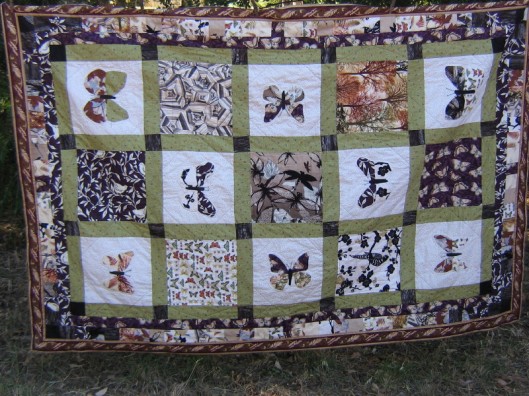Tags
I’ve just finished listening to the invisible man by H.G. Wells, read by James Adams
I’ve enjoyed some of Wells’ other novels, and was interested in this one. apart from the obvious aspect of his explanation of how the invisible man became invisible, other things I found interesting were:
The implications of being invisible which I had not previously thought of, and which it seems the invisible man had not thought of before either. For example, dirt collecting on his skin is visible, so when his feet get dirty they can be seen. Likewise snow, and rain. When he eats, his food is not invisible until it is digested – ‘assimilated’ in the book, is this trying to sound more scientific, or a nod to Victorian squeamishness about bodily functions? There is also no mention of what happens when he goes to the toilet, presumably urine and faeces would become visible on leaving his body, but this would probably be too much for Victorian sensibilities.
These things are all problems which he has to figure out ways to overcome, and the only way he can be completely invisible is to be naked, which is not necessarily comfortable. He gets cold, and at one point in the book Kemp, who is trying to catch him, hopes for a cold and wet night, since if the invisible man (Griffin) is forced to seek shelter he will be easier to catch. He also can’t eat whilst anybody is watching, since his food would be visible. Even smoking a cigar reveals him, since the smoke swirls around his throat and lungs and can be seen. This would be a cool trick now for the anti-smoking ads on TV, in fact I think I’ve seen something like it. Smoking a cigar in those days was, of course, not the health hazard it is now, or at least was not known to be.
The other thing I found a little difficult to come to terms with was the attitude of the invisible man towards the end of the book, and his reign of terror. Was he a character who would have turned violent anyway, and the stress and despair caused by invisibility just accelerated that change? Or was the change caused entirely by the circumstances he found himself in? This was not really explored in the book I don’t think, and up until that point I was quite disposed to like him. Maybe I missed early pointers towards his character. I might go back and listen to it again and see if I can pick up a bit more.



